Curating lists of online resources for deep dives into content research
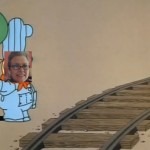 We have been spending much of our time here at the Tarrant Institute exploring the idea of what engagement looks like in a learning environment where access to resources is ubiquitous, where learning can and does take place anytime, anywhere. That is why when Lisa Nielsen’s Learning without Teachers, Textbooks, or Tests – a Case Study, crossed my personal learning network (PLN), I perked up.
We have been spending much of our time here at the Tarrant Institute exploring the idea of what engagement looks like in a learning environment where access to resources is ubiquitous, where learning can and does take place anytime, anywhere. That is why when Lisa Nielsen’s Learning without Teachers, Textbooks, or Tests – a Case Study, crossed my personal learning network (PLN), I perked up.
Don’t get me wrong, I have no interest in exploring a world with no teachers, but I could imagine one without the other two Ts in her title. I am interested in guiding others with robust examples of self-directed learning, or as Nielsen puts it, real-life learning ventures.
Modeling self-directed learning: a case study
She argues in her post:
When it comes to learning, we’ve come a long way. We no longer have to go to a person or place to learn. Static textbooks are looked upon with dread by 21st century learners. Outdated multiple choice assessments are seen as a waste of time. Real-world, meaningful tasks are preferred. But, what does it mean if we no longer need the traditional elements, teachers, textbooks, and tests, to learn? How might our learning structures change?
Nielsen shares with us details of her exploration into leading a vegan lifestyle. To do so, she replaced outdated textbooks with blogs, websites, discussions — both online and face-to-face — videos, magazines, newspapers, and social media networks including Twitter and Facebook groups.
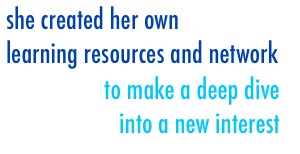 Her learning venture included connections with experts, hands-on cooking, and finally sharing her learning and reflections with a broader community of like-minded learners via a Pinterest board and Facebook postings.
Her learning venture included connections with experts, hands-on cooking, and finally sharing her learning and reflections with a broader community of like-minded learners via a Pinterest board and Facebook postings.
The important point here is she created her own learning resources and network to explore an interest and challenges us to teach our students to become empowered, independent learners capable of the same deep dive now that we have ready access to such resources.
Other approaches
She is not alone in this challenge. Over at the Students at the Center Hub are clearly defined Teacher Competencies for personalized, learner-centered teaching.
Notice how one of the competencies echoes Nielsen’s charge. Teachers:
Contribute to learning environments that build students’ ability to engage in self-directed learning and emphasize opportunities for student voice and choice, such as their ability to co-design their own learning paths, self-assess and reflect, and provide constructive peer feedback.
And here in Vermont, Helen Beattie and the Up For Learning crew articulate in their Act 77 Overview (.pdf) teachers need to “co-create engaging learning opportunities, building upon their deep desire to nurture a love of learning within all students and be continuous learners themselves.”
If you haven’t yet gotten enough of this clarion call for educators to reimagine their roles in this ubiquitous world, Digital Promise articulates the same notion encouraging teachers to select learning strategies that help students develop the ability “to think, feel, and make decisions on one’s own and to guide one’s own learning through a variety of learning strategies that put students in the center of their learning and their lives.”
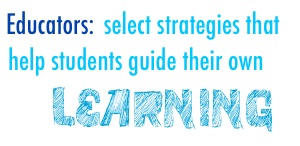 Digital Promise has created a series of micro-credentials for educators to earn, providing a path for teachers to demonstrate their understanding of, among other things, the importance of student Self-Reliance and Autonomy. To earn this credential, teachers demonstrate they can lead students, “through a series of learning strategies that can help them consciously work toward increasing their autonomy as their ability to manage more independence increases and their capacity for self-reliance grows. This can be done individually, in small groups, or in whole-group instruction.“
Digital Promise has created a series of micro-credentials for educators to earn, providing a path for teachers to demonstrate their understanding of, among other things, the importance of student Self-Reliance and Autonomy. To earn this credential, teachers demonstrate they can lead students, “through a series of learning strategies that can help them consciously work toward increasing their autonomy as their ability to manage more independence increases and their capacity for self-reliance grows. This can be done individually, in small groups, or in whole-group instruction.“
A Path Forward: Co-designing and Co-creating playlists using Open Educational Resources
A commonality in these descriptions of a the shifting roles of educators is the challenge to become co-creators or co-designers of learning experiences.
Self-directed learning does not mean teachers are absent from the equation. Instead, they become learning designers and facilitators tapping into their expertise of finding quality resources and co-structuring a learning path to support students. Teachers now have ready access to free, high-quality learning resources searchable by discipline, topic, or even standard.
These Open Educational Resources equip us with the ability find “just-in-time” resources to differentiate or respond to needs revealed during formative assessments. More importantly, teachers can search multiple OERs to create a learning sequence, or “playlist” to support a student’s interests.
If you are unfamiliar with the concept of OERs, this short video might help to set the context:
How it’s done:
Many teachers are finding ways to adjust weekly schedules to honor time for student-driven projects, but lack the supports and training to help scaffold independent, interest-based learning. One way to do so is to co-create playlists of learning activities geared to each student’s interest and adjustable to the fluid flow of interest-based learning.
The best possible scenario is one where I work with the student to get a better understanding of her interests, and then co-design the path together with her by my side. The important difference is we together would pick the resources, decide on when to add check points and formative assessments throughout the learning, be clear how ongoing reflection will be shared, and negotiate the best audience to share project outcomes.
One way to do this would be to co-create a Vegan Playlist using PowerMyLearning‘s playlist builder. Once I create a free account, we could search for resources available under the larger umbrella of “nutrition” so I could help set the context. 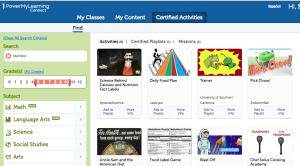 I can limit the search to a specific grade range or file type and then select from the available resources and begin co-creating a sequence of learning activities.
I can limit the search to a specific grade range or file type and then select from the available resources and begin co-creating a sequence of learning activities.
PowerMyLearning allows me to include other resources/activities and build in check points and other formative assessments along the way to scaffold the learning and be responsive to tangents and curiosities sparked along the path, as well as to redirect when needed.
We can search both Gooru and OER Commons for other recommended, age-appropriate resources and even refine the search to align with specific standards. An advanced Google search for the keyword “vegan” allows me to sort results by filetype. Often Powerpoints created by others around a topic include information worthy of exploring. In addition, I find doing a search for other curated lists via Paper.li delivers surprising results. Simply do a Google search for a topic along with the term Paper.li (i.e. vegan paper.li) and see if others have started curating for you.
Here are two screencast videos walking you through the process I describe above co-designing a playlist to support the Vegan project:
Part Two – adding other activities from advanced Google searches and formative checkpoints to the Playlist:
Tom Vander Ark explores the power of creating playlists in his article The Perks of Personalized Pathways and Playlists and includes a series of excellent links to learn more. He points to playlists’ role in the shifting nature of learning by stating:
The point of a learning list isn’t to put students on autopilot, each with headphones and a computer, working without ever interacting. Rather, the clarity, access, and choice provided by a learning list creates opportunities to expand the roles of student and teacher in diverse, exciting ways that better meet individual student needs.
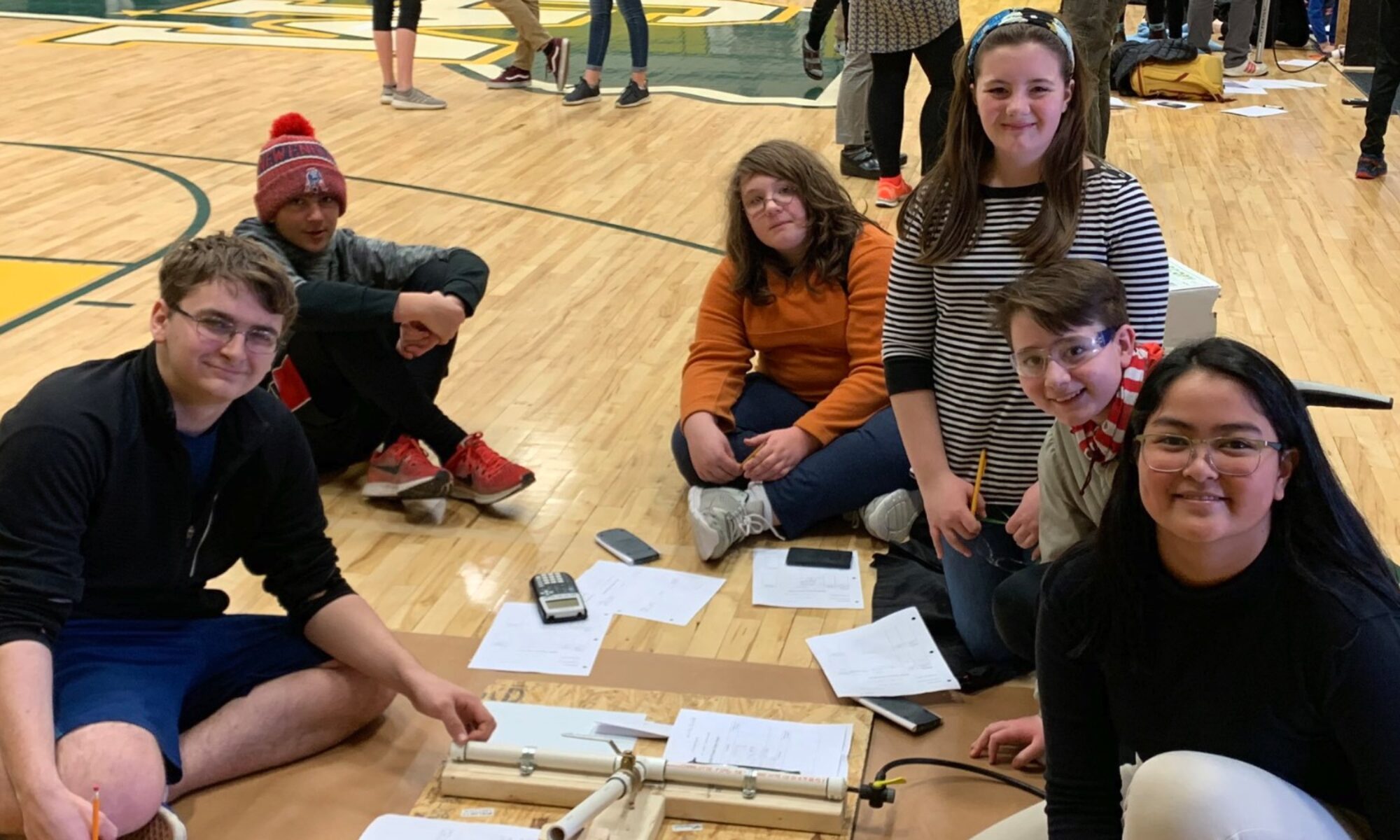

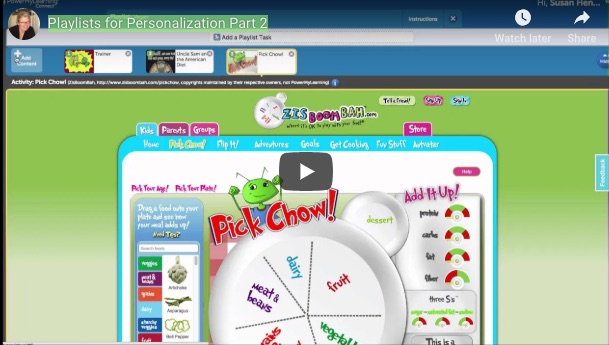
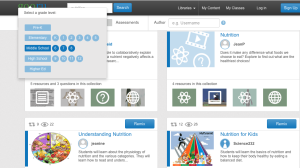
Self-directed learning and playlists, by @hennesss https://t.co/IWOPlyK058 https://t.co/e4Yy4WHhXV
Self-directed learning and playlists https://t.co/tQJYK4AzFk via @innovativeEd
Self-directed learning and playlists https://t.co/yK7SIv8Kih via @innovativeEd
Self-directed learning and playlists https://t.co/sIQ8BSuCmk
RT @innovativeEd: Self-directed learning and playlists, by @hennesss https://t.co/IWOPlyK058 https://t.co/e4Yy4WHhXV